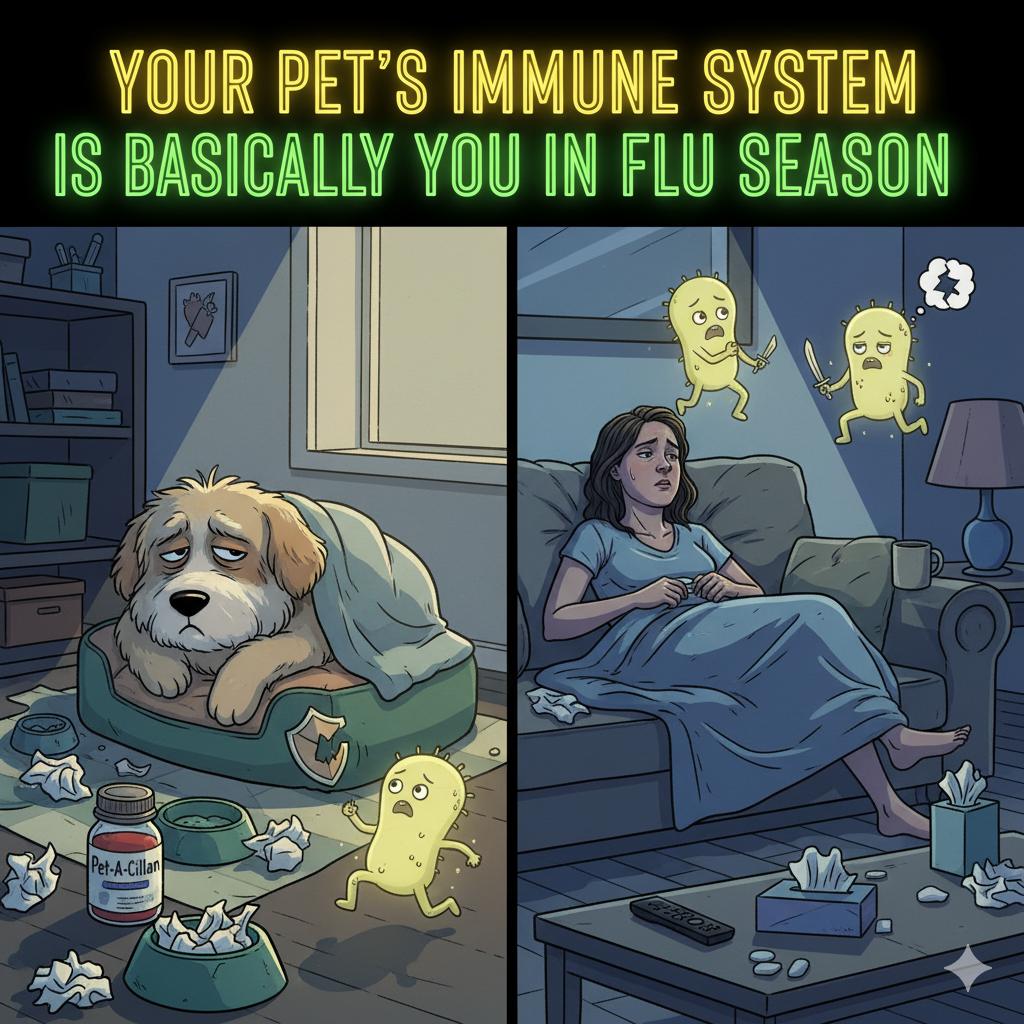Adopting a rescue dog is one of the most compassionate decisions a person can make. Whether you’re a first-time dog adopter in the US, a family seeking a loyal companion, or a veteran looking for emotional support, rescue dogs can offer unconditional love. However, they often come with emotional and behavioral baggage that requires understanding, patience, and consistent care. This comprehensive guide on how to care for a rescue dog provides practical advice to ensure a smooth transition and long-term wellbeing for your new furry friend.
Understanding the Needs of a Rescue Dog
Before diving into care strategies, it’s vital to understand the unique background of a rescue dog. Many have faced abandonment, abuse, or neglect. As a result, their behavior may initially include fear, withdrawal, or even aggression. Recognizing these traits is the first step in helping a rescue dog adjust.
Dog behavior after adoption varies widely. Some dogs may bond quickly, while others may take weeks or months to feel safe. Observe their body language and provide them with a calm, predictable environment. For families adopting rescue dogs, especially those with children, setting boundaries early is essential to create a peaceful household.
Setting Up the Right Environment
One of the key steps in how to care for a rescue dog is preparing your home. A quiet space with minimal distractions helps the dog adjust gradually. This space should include:
- A comfortable bed or crate
- Access to clean water
- A feeding station
- Toys for mental stimulation
Rescue dog crate training is highly recommended, especially for dogs with anxiety or trauma. Crates provide a safe zone where dogs can retreat and relax.
Building Trust Through Patience and Routine
Dogs thrive on routine, especially those coming from unpredictable environments. Start with a consistent schedule for feeding, potty breaks, walks, and playtime. This will not only aid in behavior correction but also help in training a rescue dog at home.
Helping a rescue dog adjust requires immense patience. Avoid overwhelming them with affection or social interactions in the first few days. Let the dog approach you. Over time, positive reinforcement like treats, praise, and affection can go a long way in building trust.
The Rescue Dog Rehabilitation Process
The rescue dog rehabilitation process varies by individual. Some may only need a few weeks to adjust, while others could take months. Work on one behavior at a time. For instance:
- Address separation anxiety by gradually increasing alone time
- Curb fear-based aggression with desensitization and counterconditioning techniques
- Reduce leash reactivity with controlled outdoor exposure
Professional help may be necessary for more severe cases. Don’t hesitate to consult a dog behaviorist familiar with rescue cases.
Vet Care for Adopted Dogs
A crucial part of how to care for a rescue dog is ensuring they are healthy. As soon as you bring your dog home, schedule a vet visit for a full health check. This includes:
- Vaccination updates
- Parasite control
- Dental checks
- Spaying or neutering (if not already done)
Vet care for adopted dogs should be ongoing. Annual checkups, a vaccination schedule, and emergency preparedness are essential for long-term health.
Choosing the Best Food for Rescue Dogs
Feeding your new pet the right diet helps them recover and thrive. The best food for rescue dogs depends on their age, weight, breed, and any existing health issues. Consult with your vet to pick a balanced diet that’s rich in protein and low in fillers.
If your rescue dog is underweight or malnourished, slowly increase food portions to avoid gastrointestinal distress. Always provide fresh water, and avoid feeding human food or scraps, especially early in the transition phase.
Managing Rescue Dog Anxiety Solutions
Anxiety is common in rescue dogs due to past trauma. Effective rescue dog anxiety solutions include:
- Calming sprays and anxiety wraps
- Classical music or white noise during storms or fireworks
- Consistent bedtime routines
- Long walks for energy release
First-time dog adopters in the US should monitor signs like excessive barking, chewing, or pacing, which often indicate stress.
Socialization and Outdoor Activities
Gradual socialization is essential in how to care for a rescue dog. Start with short walks and allow the dog to observe the world without pressure. Over time, introduce:
- Friendly dogs
- Familiar neighbors
- Dog parks (when ready)
This helps the dog gain confidence. For suburban and urban residents adopting from shelters, socialization is key to adapting to noisy, bustling environments.
Training a Rescue Dog at Home
Consistency, patience, and rewards are the foundations of successful training a rescue dog at home. Start with:
- Basic commands: sit, stay, come
- House training using positive reinforcement
- Leash training with gentle guidance
Avoid harsh punishments, as they can increase fear and resistance. Use clicker training and reward-based systems, especially for dogs that are food motivated.
Supporting the Broader Rescue Community
By adopting, you’re contributing to the mission of US-based rescue dog organizations and volunteers. Many animal welfare advocates in the US rely on responsible adopters to give these pets a second chance. If you’re not ready for adoption, consider fostering rescue dogs before adoption to help them transition from shelters to homes.
Even millennials adopting pets for companionship are making a significant difference in reducing overpopulation in shelters.
Check out our article on best pet care tips for dogs to complement this rescue guide.
Tips for Specific Audiences
Here’s how how to care for a rescue dog applies to different groups:
- First-time dog owner guide: Keep expectations realistic, create a schedule, and read expert advice often.
- Families adopting rescue dogs: Teach children how to interact safely and respectfully.
- Veterans and seniors adopting support dogs: Look for calm, affectionate breeds that respond well to emotional bonding.
- Pet lovers seeking to rescue dogs from shelters: Do your research and visit shelters personally to find the right match.
- Pet bloggers or influencers focused on dog rescue: Share your experience and success stories to inspire others.
Final Thoughts:
Learning how to care for a rescue dog is a journey of mutual growth. These loyal companions may have faced adversity, but with your love, they can blossom into joyful and confident pets. Provide structure, patience, and professional help when needed.
Always remember — the goal isn’t to have a perfect dog, but to offer a perfect home where they feel loved and secure.
Use This Guide If You Are:
- Adopting for the first time and want a first-time dog owner guide
- Interested in understanding dog behavior after adoption
- Exploring rescue dog crate training strategies
- Needing info on rescue dog rehabilitation process
- Looking for best food for rescue dogs or vet care for adopted dogs
Let this guide serve as your reliable companion on the path of rescue dog adoption. If you’re passionate about dogs and want more insightful content, explore our blog section for the best pet care tips for dogs.






1 thought on “How to Care for a Rescue Dog: A Comprehensive Guide”